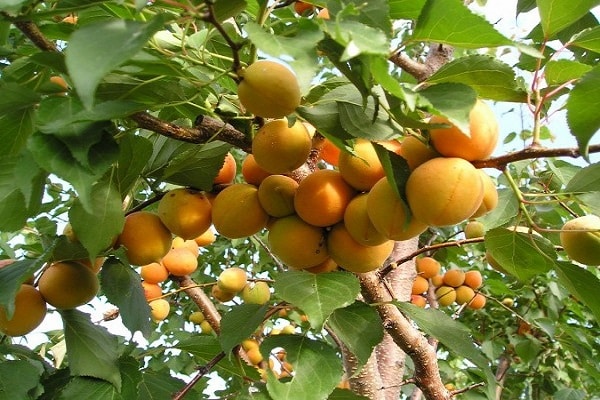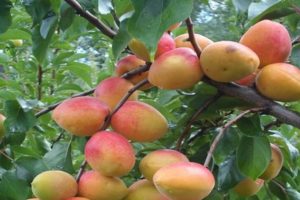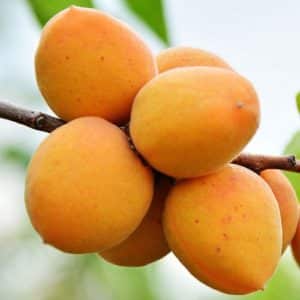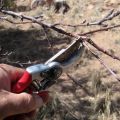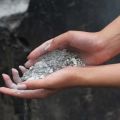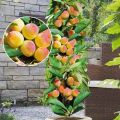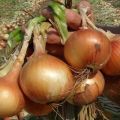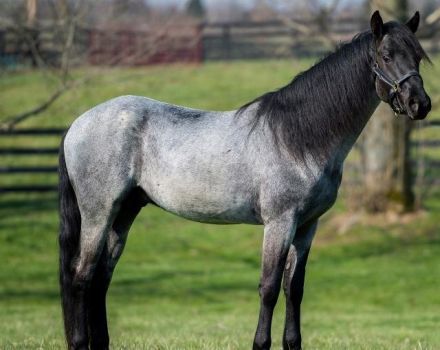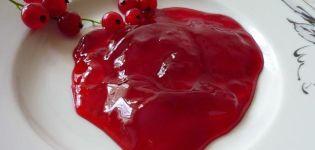How to feed apricots in summer, spring and autumn during fruiting and after harvesting, how to fertilize
Apricots are sunny and juicy summer fruits that can be grown in your summer cottage. Correct feeding with organic and mineral fertilizers of apricot in summer will ensure a high yield, allow you to enjoy the view of a bright fruit-bearing tree and create not only a good mood, but also present healthy fruits.
Why do you need top dressing?
Having planted an apricot tree in a summer cottage, you need to understand that for a good harvest, it will need additional attention.
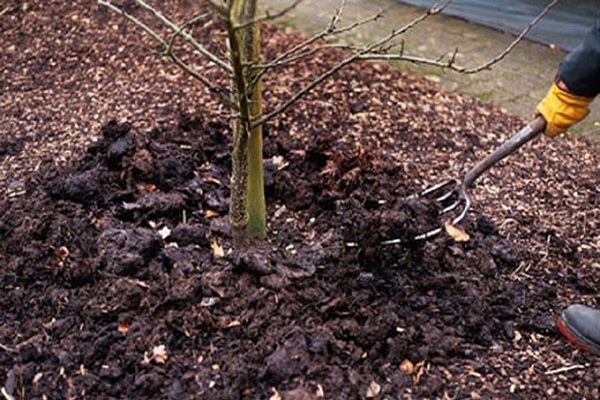
The apricot has a developed root system that goes deep into the soil. This allows the tree to tolerate drought well. But without abundant watering and without the proper amount of mineral fertilizers, the soil will be depleted, which will lead to a deficiency of trace elements necessary for apricot.
The apricot responds to timely root and foliar feeding with spring flowering, a large number of fruit ovaries and good summer yield.
If you do not feed the tree in a timely manner, then you can notice deviations in development: the appearance of wilted leaves, a stunted appearance, dry branches. In this case, it is necessary to urgently figure out which element the apricot lacks, and make up for its deficiency.
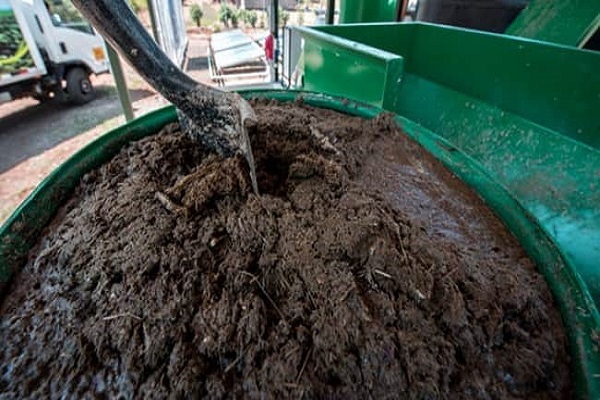
The main signs of a deficiency are:
- Lack of nitrogen:
- slow development, lack of growth;
- discolored leaves, usually yellow.
- Lack of phosphorus:
- changing the color of the leaves to purple;
- strong shedding of flowers;
- unsightly plant appearance.
- Potassium deficiency:
- yellowness of the plant;
- drying of fruit tips.
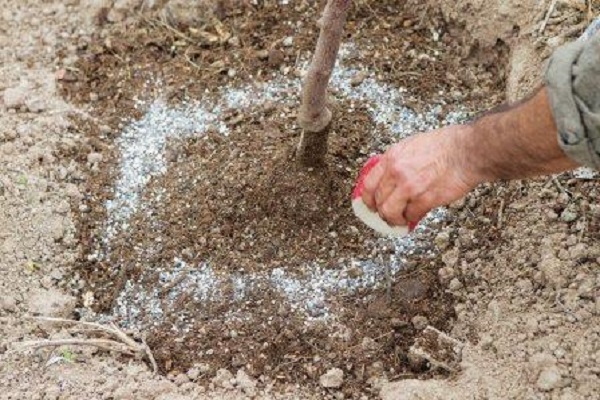
Feeding methods by seasons
It is imperative to be able to distinguish seasonal feeding methods. Indeed, each season is characterized by different periods of plant development. And it depends on what kind of fertilizers should be applied, and how to do it correctly.
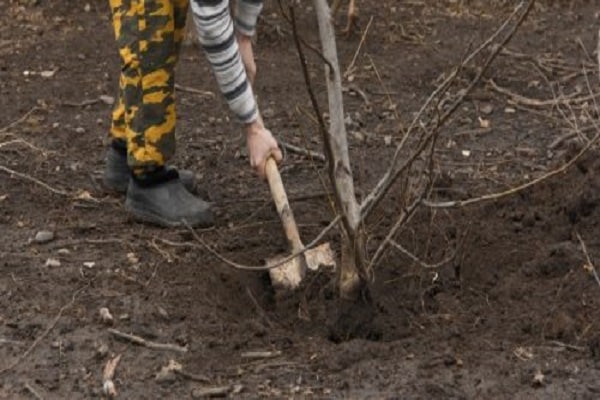
Summer
In summer, apricots are preparing for fruiting, fruit ovaries appear. During this period, it is especially important to fertilize the plant and water it abundantly. After all, the lack of trace elements very quickly affects the quality of the fruit.
The first top dressing in summer is carried out by the foliar method, the so-called “leaf dressing”. The effect of such feeding is short-term, therefore, it must be repeated after two to three weeks. When applying the solution, it is necessary to ensure that the sheet is processed on both sides. The best result of spraying will be complete wetting of the leaf, which will allow for better absorption of the fertilizer, since the process of penetration of the nutrient solution goes better from the bottom of the leaves.
In early June, when coin-sized ovaries appeared on the tree, spraying on the leaves is carried out with a nitrogen-containing solution, preferably in the early morning or evening. On a hot day, it is better to refuse feeding because of the danger of burning the leaves.
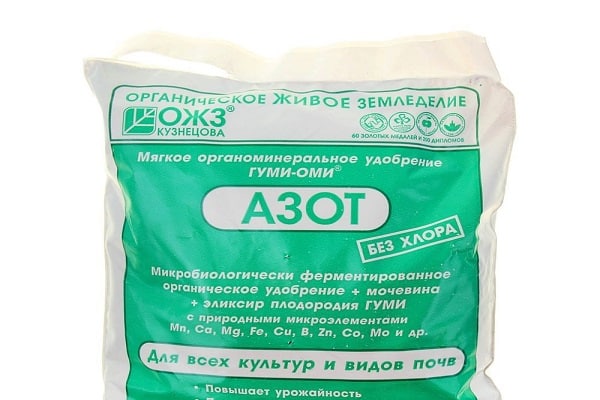
Nitrogen (urea, organic matter) has a positive effect on the growth of fruits, but due to its negative effect on the sugar content of fruits and their preservation, the nitrogen content should be reduced when feeding in July and excluded in August.
In July, the apricot has formed fruits that have entered the ripening phase. During fruiting, nitrogen is reduced in fertilizers and potassium with phosphorus is added.
After harvesting, in August, it is necessary to feed the apricot with mineral fertilizers containing phosphorus and potassium, for example, wood ash. At the same time, the soil must be fertilized with calcium, for example, crush and pour chalk on the ground. Such feeding is needed to lay the buds of the future crop. Nitrogen is not used in August.
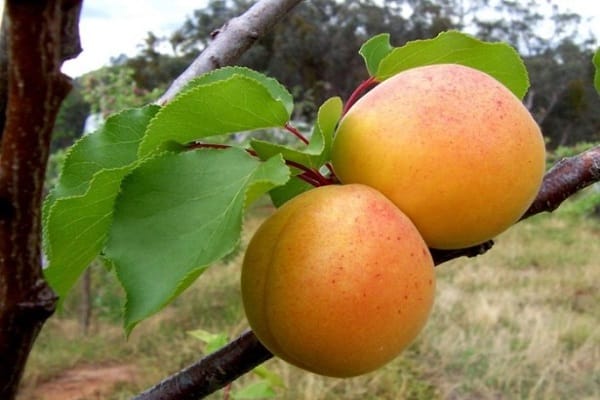
Also in the summer, if pests are found, it is advisable to fertilize the apricot with the following solution:
- soda ash - 2 parts;
- copper sulfate - 1 part;
- boric acid - 0.5 parts.
These substances are diluted in 10 liters of water, adding 10-15 drops of iodine, and sprayed with apricot. Such a solution not only saturates the tree with nutrients, but also protects it from most pests.
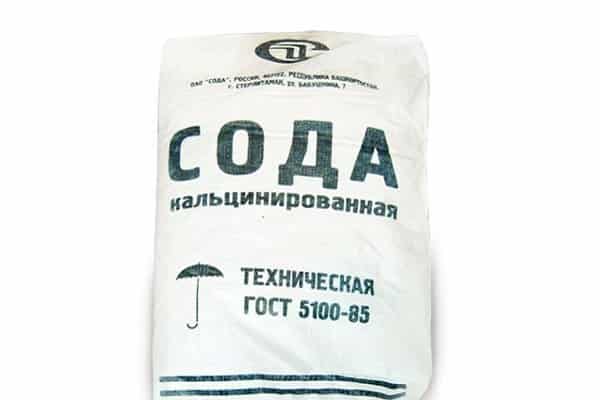
In the spring
In the spring, top dressing should be rooted. This method of fertilization provides the apricot with the strength to transition to growth, lush flowering and the formation of a large number of ovaries. It is better to feed it with nitrogen fertilizers, both at the very beginning of spring, and before flowering, and after flowering.
When asked what to fertilize in the spring, the best answer is such fertilizers as urea, chicken droppings, saltpeter, slurry.
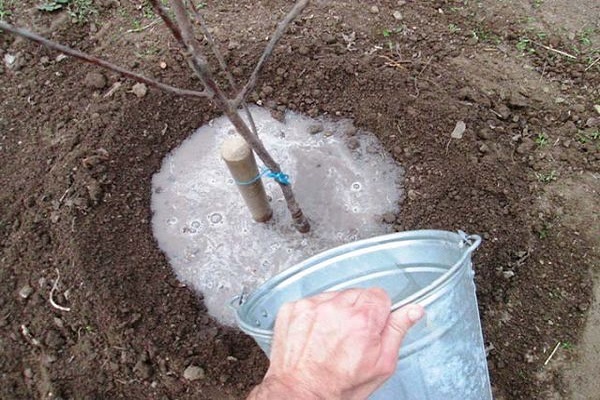
In autumn
It is important to understand that the autumn feeding of the fruit tree is aimed at preparing the apricot for winter and its successful wintering. It is better to feed the apricot at the end of September, and use a compound fertilizer. To prepare a mixture for one square meter of soil, you will need:
- superphosphate - 35 grams;
- potash fertilizer - 65 grams;
- humus - 4 kilograms.
All components are mixed with each other, and the resulting composition is introduced into the soil near the trunk. First, the earth must be well loosened so that the components are better absorbed.
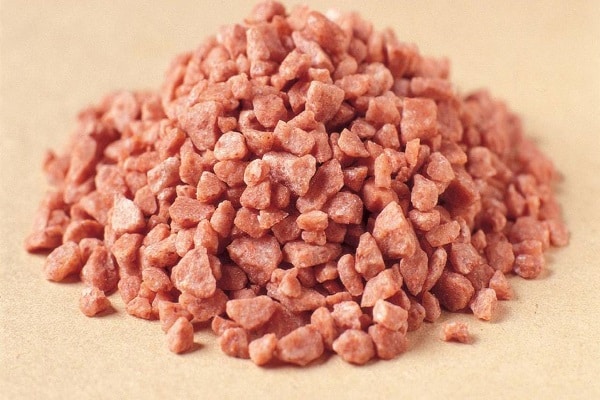
After harvesting, they carry out the obligatory whitewashing of the trunk and autumn pruning of the tree. It is necessary to remove branches that have not borne fruit, as they take up the nutrients necessary for the apricot to prepare for a successful wintering and laying the future harvest.
Pruning begins with branches that grow inward and thicken the crown, then move to dried or broken branches. The remaining branches are shortened. It is important to note that branches that bear fruit within two to three years can be removed, as their productivity further decreases.
For a comfortable pruning, all sections are covered with garden varnish or drying oil. This prevents bacteria from entering the wood.
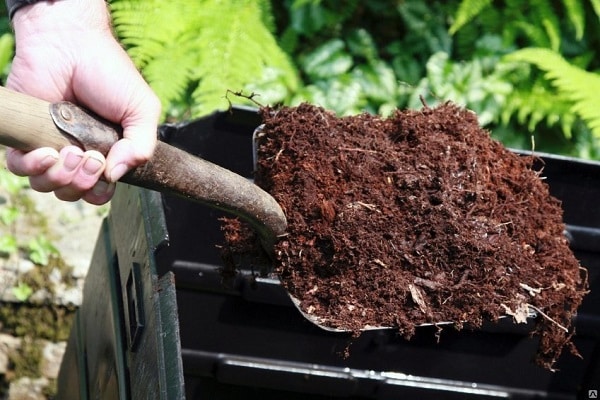
Top dressing at different ages
Apricot seedlings should be fed from the age of two.
For a young plant, it is recommended to use a solution of poultry manure in a ratio of 300 grams per 20 liters of water, with the addition of peat or compost.
Further, for feeding mature trees, you can prepare the same solutions. The only difference will be in their dosage.
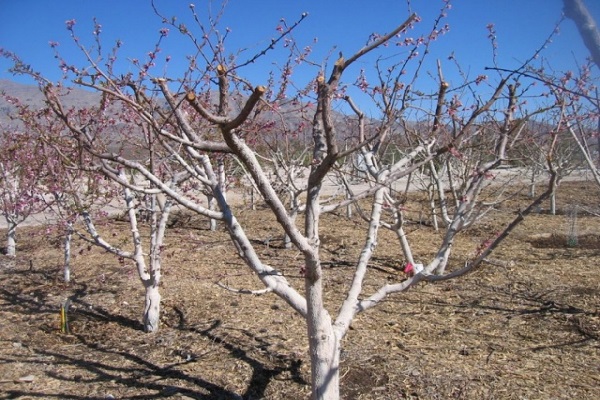
Preparation of feeding solutions
Nitrogen-containing fertilizing solutions:
- You can prepare a solution from organic matter if feeding is required in the middle of summer. A solution of mullein (rotted manure) is prepared in a ratio of 1 part mullein to 10 parts of water.Depending on the size of the tree, for a young plant it will take from 0.5 liters, and for an adult - up to 1 liter of solution. The soil under the tree should be loosened and prepared "vitamins" should be poured.
- A solution of fresh manure is prepared in a ratio of 1 part of manure to 15 parts of water. The amount of solution for one tree: young - from 0.5 liters and for an adult - up to 1 liter.
- Before using humus, no solution preparation is required. The soil is loosened, watered abundantly, sprinkled with humus and covered with moist earth on top.
- Urea solution - in the proportion of 1 tablespoon of urea per bucket of water, used to spray the plant (foliar dressing).
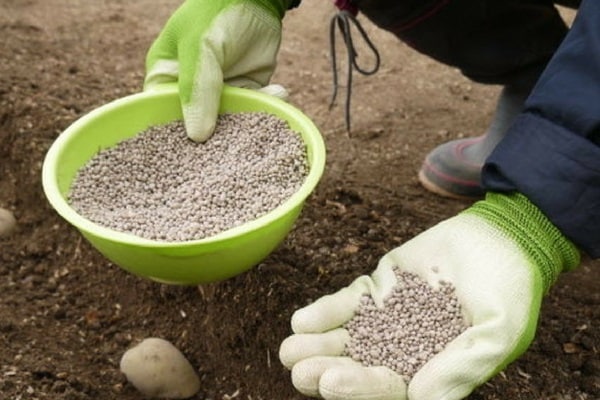
Feeding with phosphorus and potassium:
- For the rapid delivery of phosphorus to the oppressed plant, it is necessary to use azophoska, preferably diammophoska. Pour 0.5 kilogram of azophoska with hot water (5 liters), stir until dissolved. Drain the liquid portion for both root and foliar use. The precipitate that has formed can be reused to prepare the feeding solution 2 times. But it is necessary to dissolve the sediment with less water, namely by adding 2.5 liters of hot liquid.
- Superphosphate solution, for quick help to plants, one tablespoon of granules per one liter of boiling water is prepared. Used for spraying the aerial part of the plant. The sludge cannot be used, and is sent to the compost pit.
- A universal solution for foliar feeding can be prepared from several mineral fertilizers: superphosphate - 30 grams, urea - 30 grams, potassium chloride - 60 grams; Dissolve all elements in 10 liters of water.

Different ways of feeding apricots in summer are considered. It must be remembered that an excess of mineral fertilizers will not promote plant growth and development. Therefore, measure is good in everything.
If the recommendations are followed, tasty, healthy, sunny, juicy fruits - apricots will grow on the garden plot. When harvesting, it must be remembered that the fruits of apricots do not ripen after they are harvested, so they need to be removed from the tree only as they ripen, starting with the branches below.
